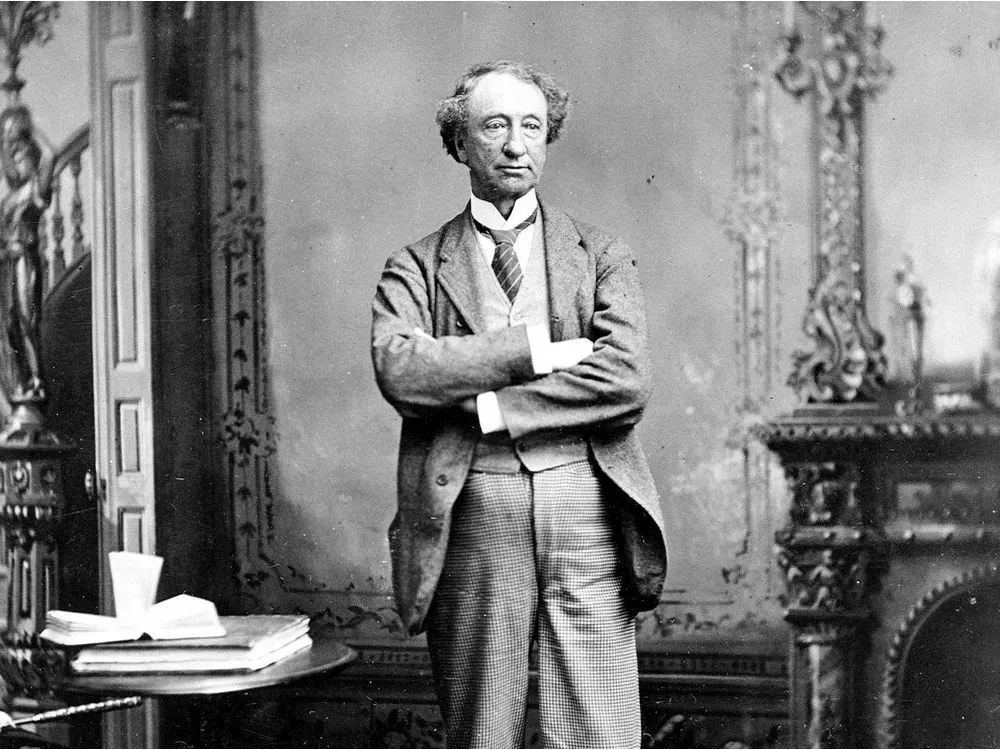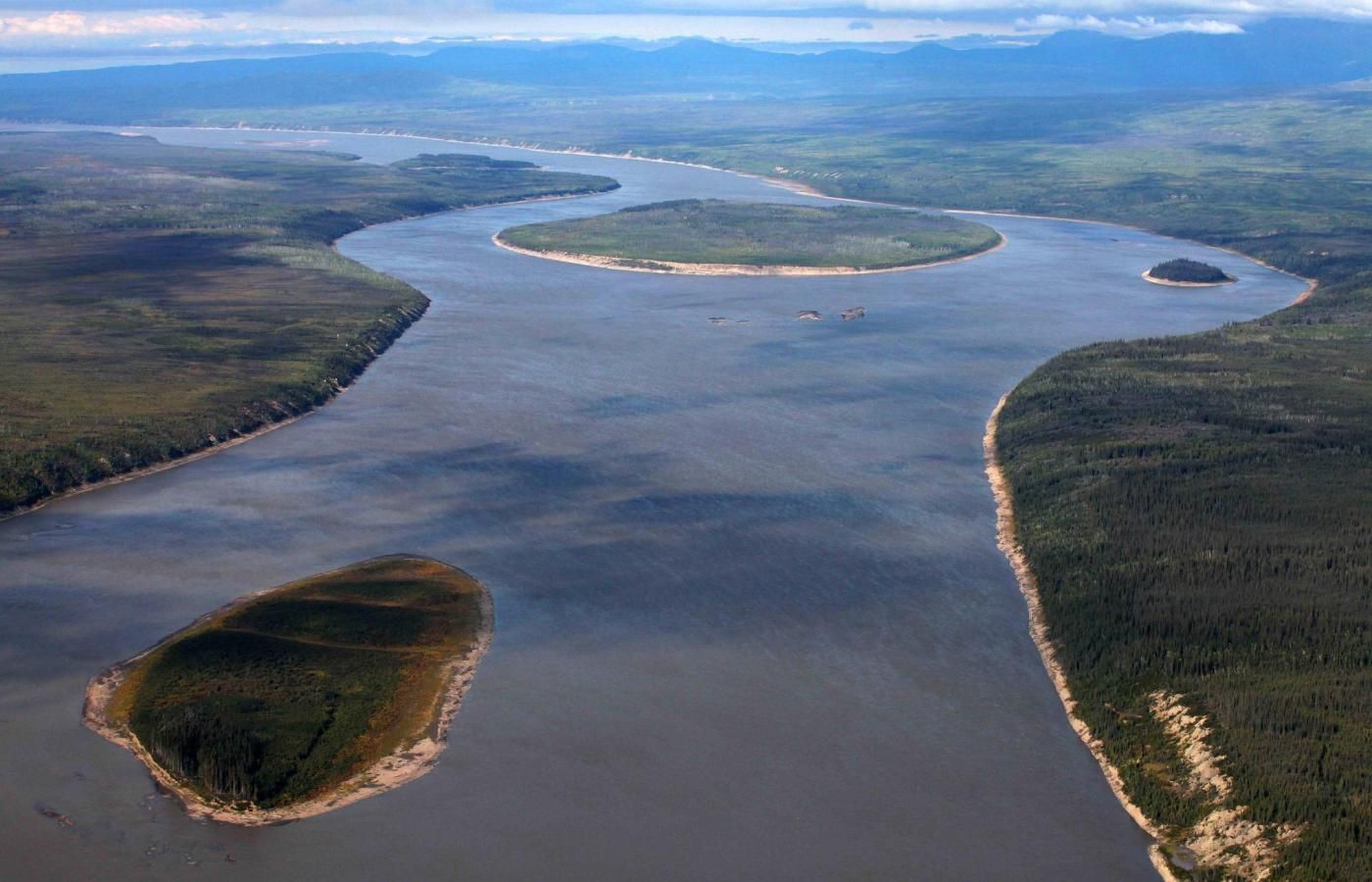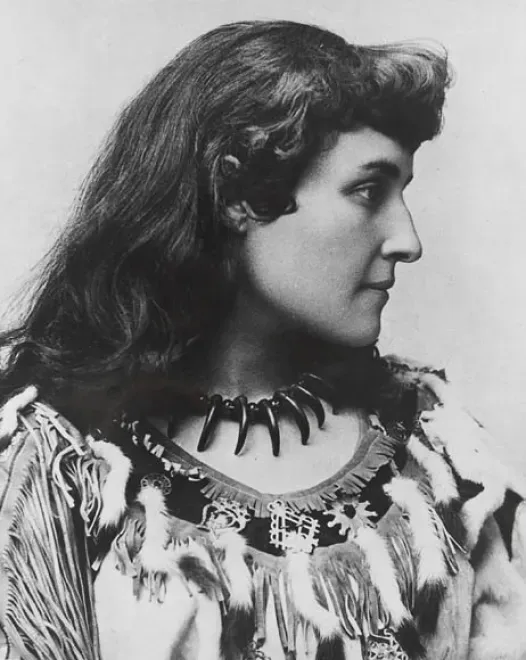A Famous Canadian Citizen: Sir John A. Macdonald
Sir John A Macdonald is a significant figure in Canadian history and impacted the direction Canada took through the 1800's. Understanding his life is important to help you pass the Canadian citizenship test.

All blog articles reference persons and/or historic sites and events that are cited in the Discover Canada Study Guide and include relevant information necessary for Canadian Citizenship test preparation.
Canada’s First Prime Minister
Sir John Alexander Macdonald was the first prime minister of Canada and served the new nation for 19 years, from 1867 to 1873 and from 1878 to 1891. He was the Father of Confederation who produced the British North America Act and the union of provinces which became Canada. His government influenced politics for a half century and set policy goals for future generations.
This blog is written to help you understand this information as it is on the Canadian citizenship test.
Early Years
John A. Macdonald was born in Scotland in 1815. His parents, Hugh and Helen, were married in 1811 and had five children, John being the third sibling. His father struggled in his business ventures in Scotland and subsequently immigrated to Kingston, Upper Canada in 1820. The family had several relatives and connections already there.
In Kingston, the family lived in the upper level over the store which John’s father ran. Soon after their arrival, a devastating event happened when John’s younger brother died from a blow to the head by a servant charged with taking care of the youngsters.
The Kingston store was not successful and the family then moved to Hay Bay, west of Kingston where John’s father unsuccessfully ran another shop. Fortunately, in 1829, his father was appointed as a magistrate for the Midland District which enabled the family to enjoy a level of financial security.
Macdonald initially attended local schools. However, at age 10, his family was able to send him to Midland District Grammar School in Kingston where he remained for five years. Age 15 was a common school-leaving age at a time when only children from the most prosperous families were able to afford university.
Macdonald’s Legal Career
After leaving Grammar School at age 15, his parents determined that he should become a lawyer. His financial contribution to the family was a necessity and the legal career track offered potential for a good income and influence. Macdonald was quoted as saying, “I had no boyhood. From age 15, I began to earn my own living.”
In 1834 Macdonald passed an examination set by The Law Society of Upper Canada after which he was apprenticed to a prominent established lawyer, George Mackenzie. He was called to the Bar in 1836, at age 21.
Canadian citizen Macdonald took on dramatic, high-profile cases and became well-known in the legal community. He continued to expand his practice and was appointed director of a number of companies.
Political Involvement
John A. Macdonald was elected as alderman in Kingston’s Fourth Ward in 1843. In 1844 he became the Member of the Legislative Assembly for Kingston. He was then appointed premier of the Province of Canada in 1857. As the new nation of Canada continued to expand, Macdonald was appointed the first prime minister of Canada on July 1, 1867. He was recognized for his great constitutional expertise and during his first administration became a dominant nation builder.
Family Life
He married Isabella Clark in 1843. In 1847 their first son was born but passed away in 1848. Their second son, Hugh John Macdonald was born in 1850, and eventually served in Parliament and later became premier of Manitoba. Isabella Clark passed away following a lengthy illness, leaving Macdonald with a seven year old son.
Macdonald married his second wife, Agnes Bernard, in 1867. They had one child, a daughter, who was afflicted with hydrocephalus and never walked and required continuous special care.
A famous story of Agnes Macdonald tells of a haphazard adventure on the Canadian Pacific Railroad. She had joined her husband, the Prime Minister of Canada, and other dignitaries on an inaugural trip from Ottawa to Vancouver in 1886. Lady Agnes was becoming increasing bored sitting inside the train car and insisted instead that she ride on the front of the locomotive on the “cow catcher.” She wrote of the joy that the fresh air and incredible mountain scenery brought her from her unusual and dangerous cow catcher seat as they proceded through the mountains.
Legacy of Sir John A. Macdonald:
He was the most dominant of the political leaders known as the Fathers of Confederation and continues to be one of the highest-rated prime ministers in Canadian history. He worked tenaciously to establish Canada as a nation. He established the North-West Mounted Police, completed the Canadian Pacific Railroad from sea to sea, across the prairies and through the mountains to British Columbia. He also hugely expanded Canada’s territory.
Macdonald’s legacy is not without controversy. As both Prime Minister and Minister of Indian Affairs, he was responsible for the development of the residential school policy and further repressive measures against Indigenous populations in the West. These initiatives have brought much pain and suffering to many Indigenous people through the years.
Joy Dirks
November, 2022
**Official Canadian citizenship was not established until 1947. Reference made to Canadian citizens prior to 1947 is intended to imply that these individuals were “residents” of Canada and as British subjects were “citizens” of Canada in an informal sense.



